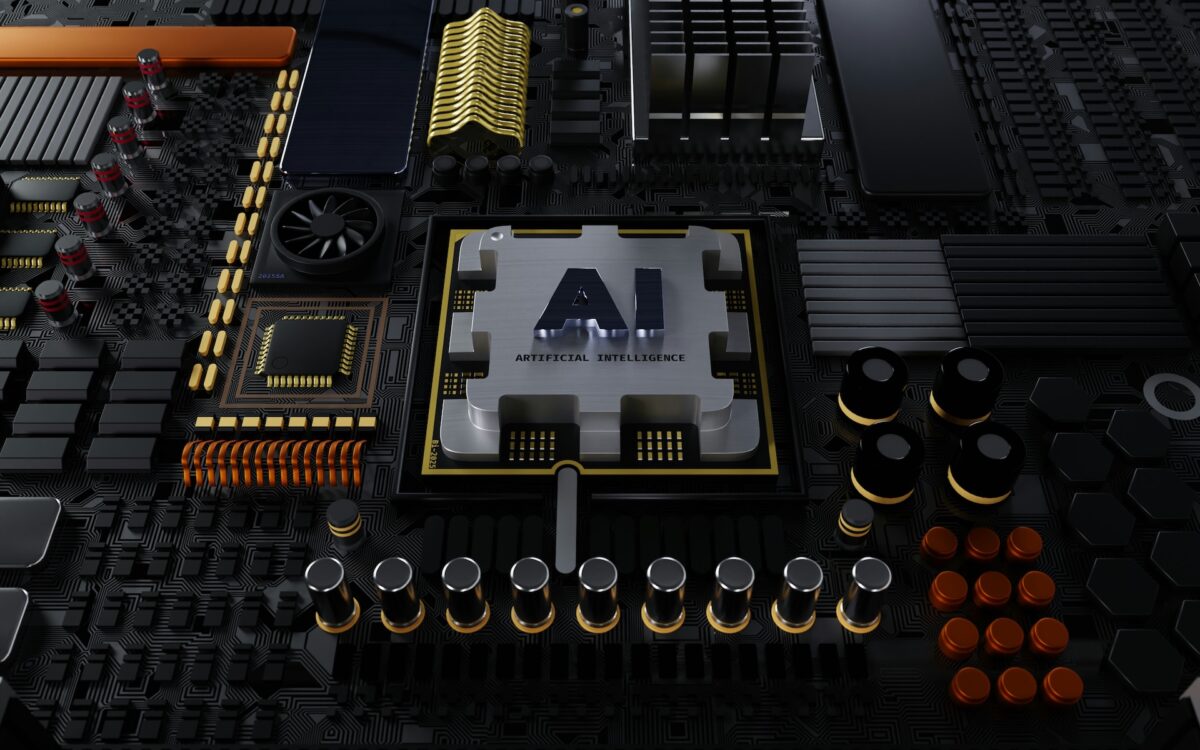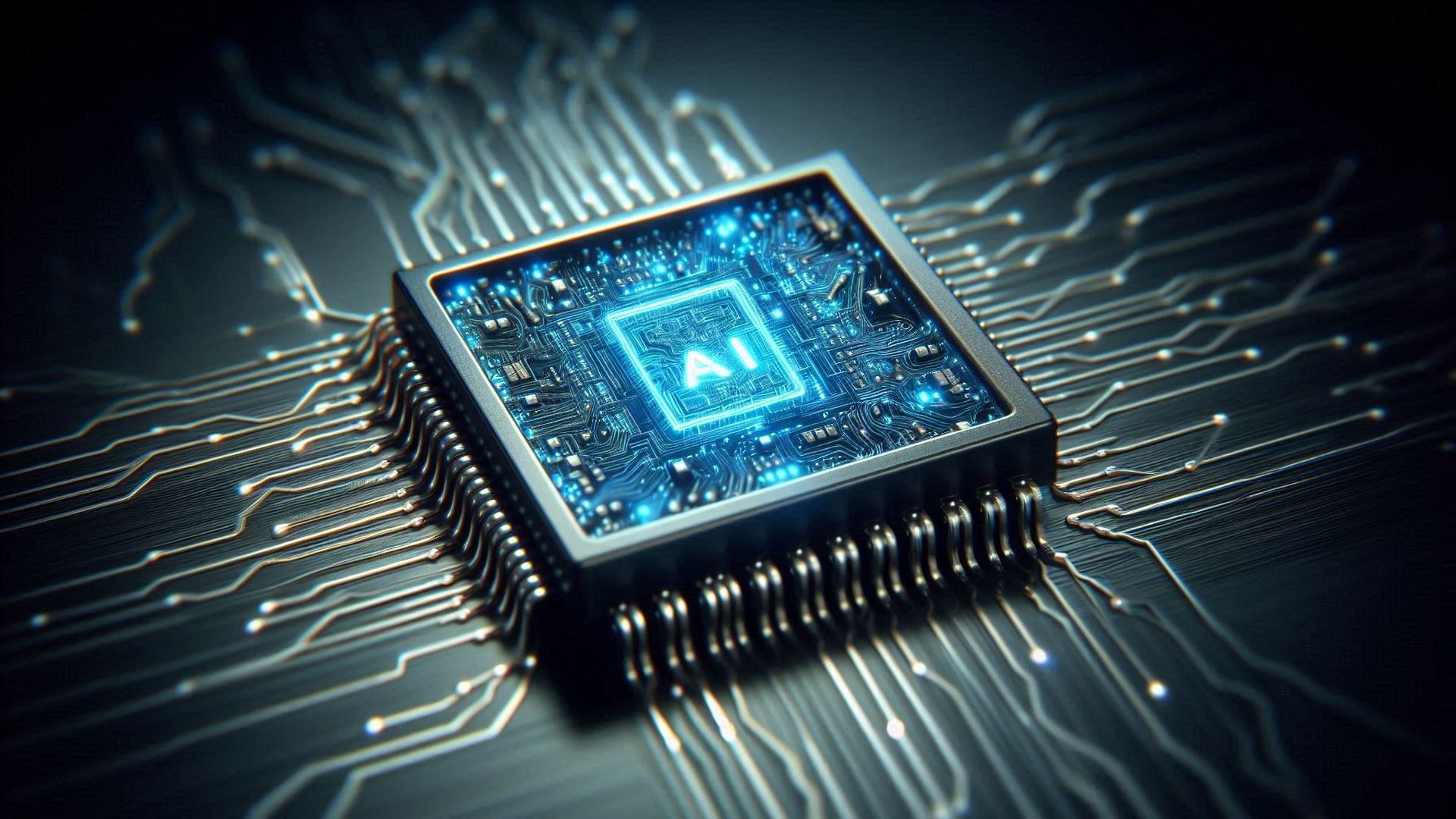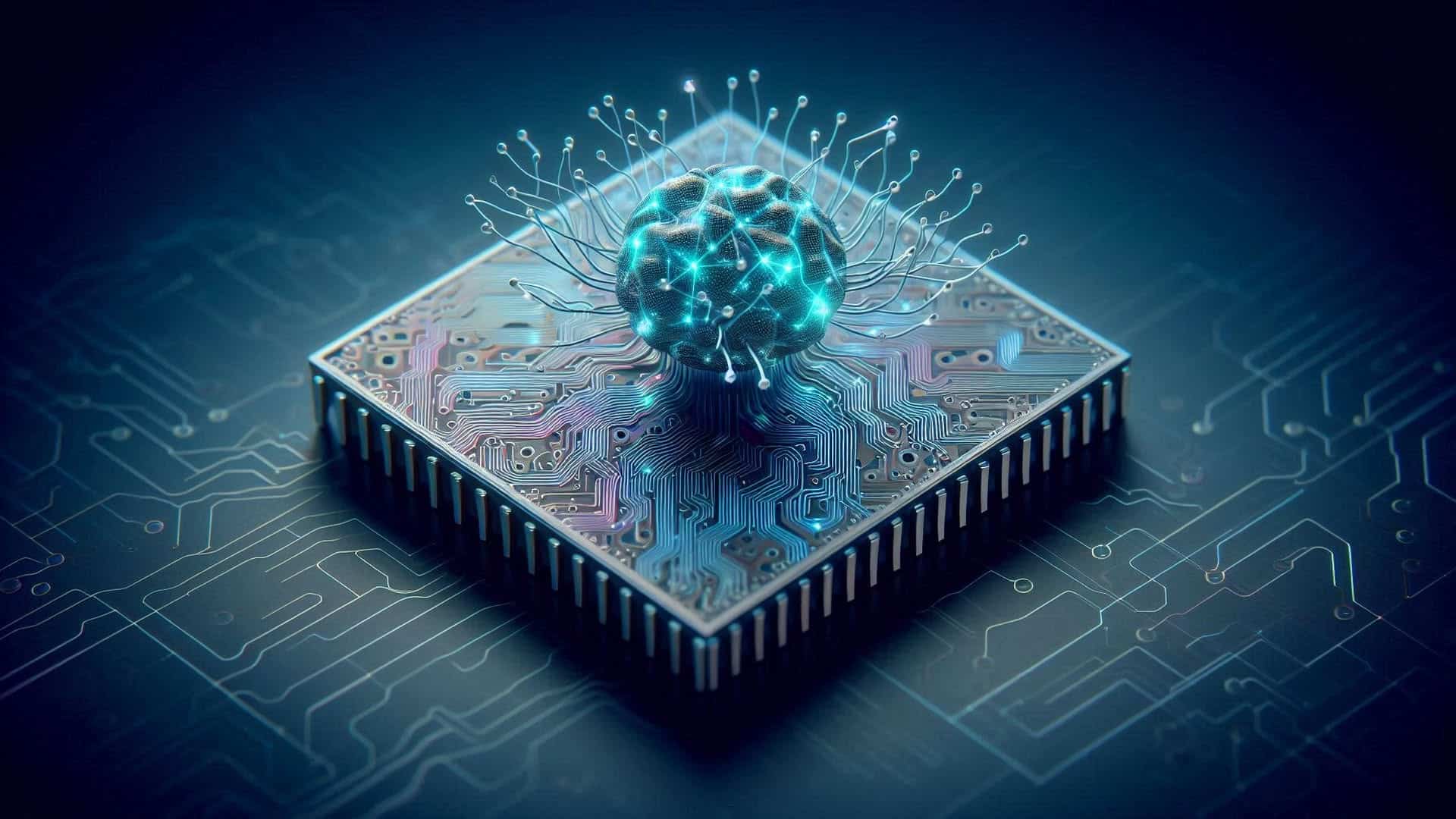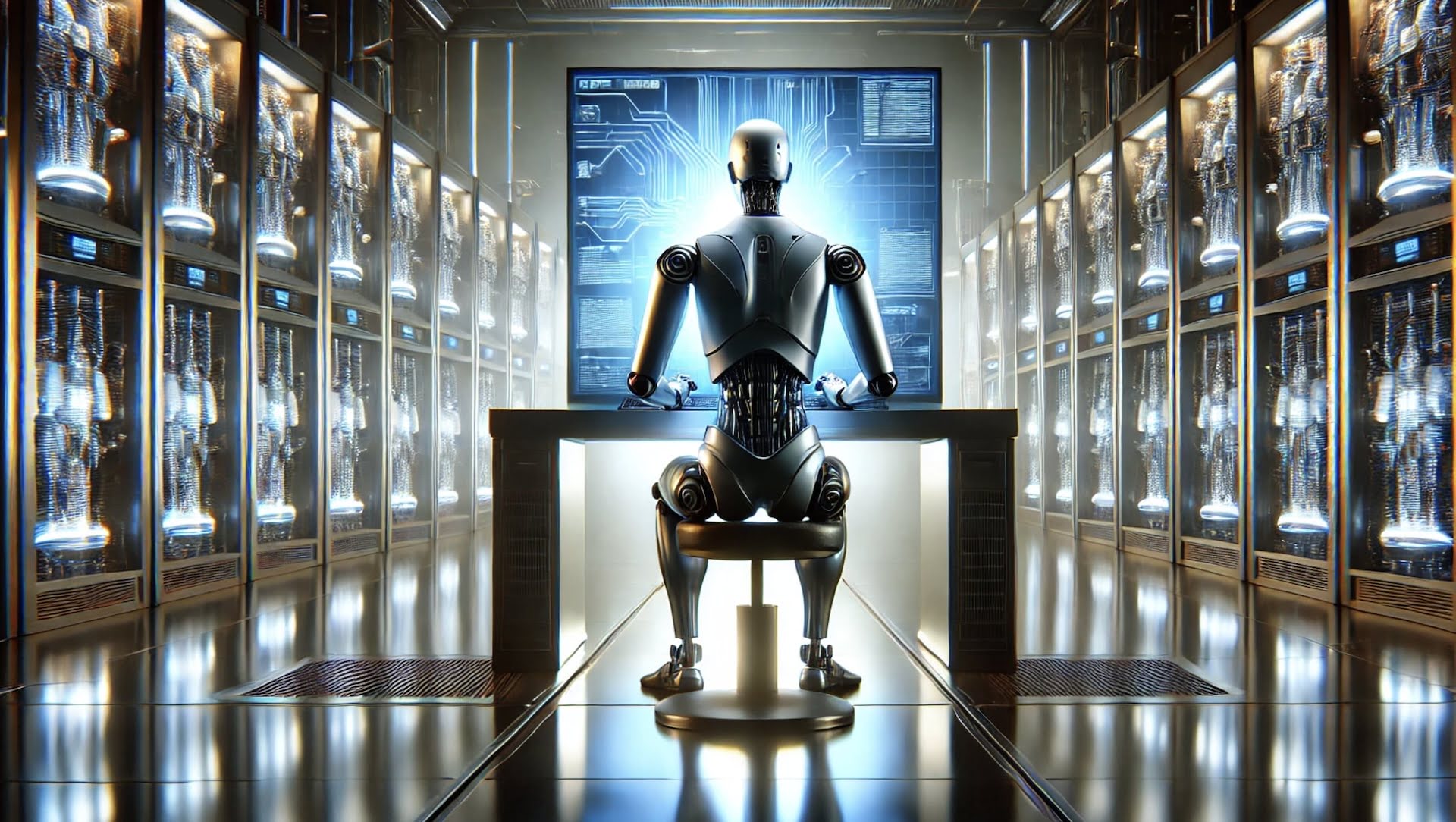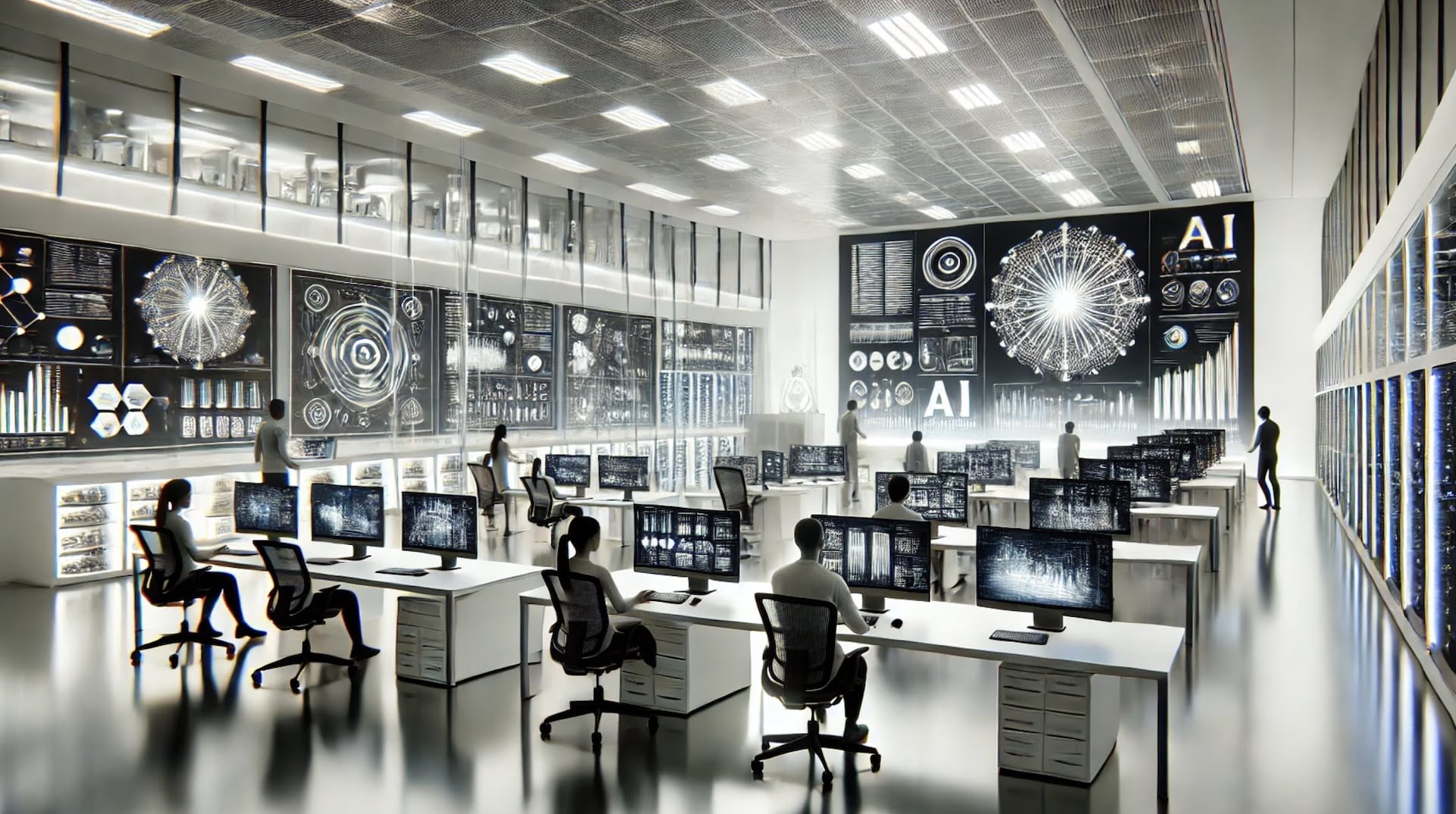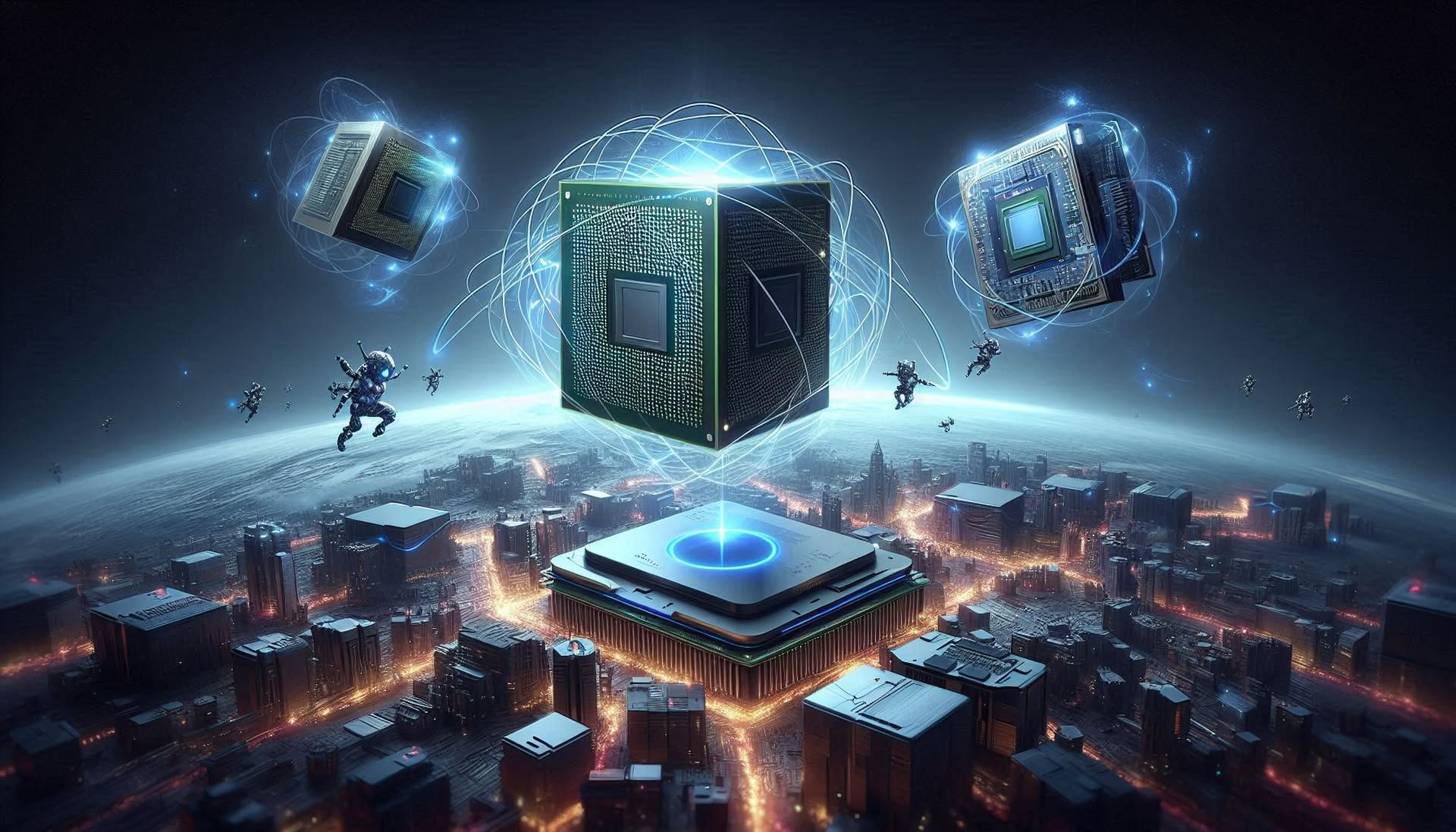People still struggle to grasp the concept behind artificial intelligence and ask questions like “Is AI software or hardware?” Despite AI’s sudden rise and current popularity, it is not very easy to understand and we write this piece to help you understand it better!
To understand AI, we look at two main parts: AI hardware and software, of course, AI architects who design these systems are pretty important too. Like a builder needs both blueprints and bricks to build a house, AI uses complex software plans and strong hardware to work. But is AI software or hardware? What is the difference? Let’s get into all the details!
Is AI software or hardware?
AI is both software and hardware. Software deals with algorithms that make decisions and learn from data. Hardware supports these processes by providing the necessary power to perform them. Even if you are talking about an NPU or chatbots like ChatGPT, you at least have “some AI” in that context.
If you want to learn what hardware is needed for AI, don’t forget to check out our extensive guide!
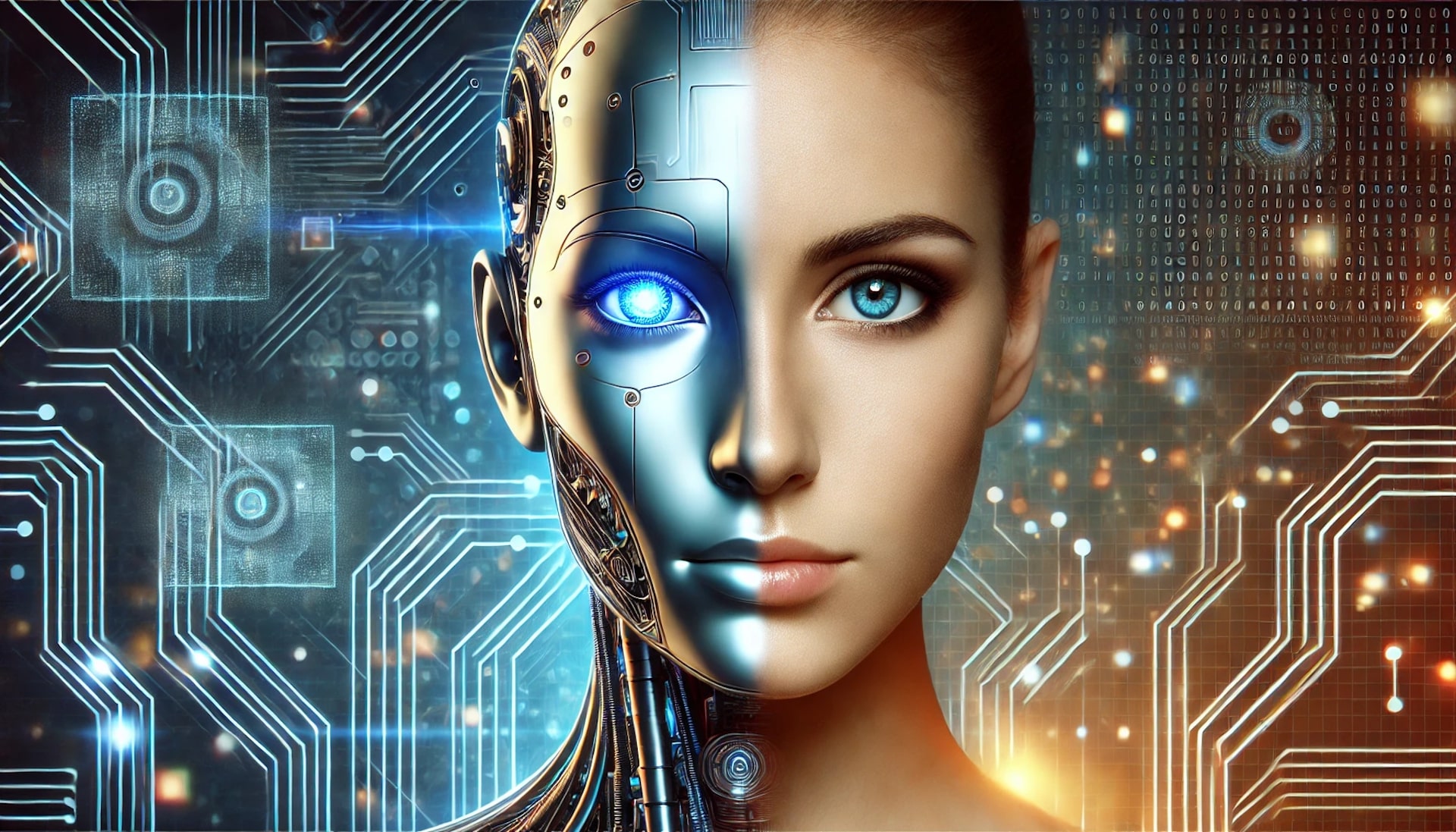
Differences between AI software and hardware
There are obvious differences between AI software and hardware. While hardware is an actual thing you can hold in your hands, software is only a computer program. Here is a better look at them both:
- AI Software is the brain behind AI operations. It involves algorithms and machine learning models that help the system recognize patterns and make predictions. Popular software tools like TensorFlow and PyTorch teach AI systems how to behave by feeding them data and instructions.
- AI Hardware, on the other hand, is the muscle behind AI’s brain. It includes physical components like NVIDIA’s GPUs, which process data fast and allow AI to learn quickly. Other hardware, such as Google’s TPUs and programmable FPGAs, offer flexibility for various AI needs, adapting to different tasks that the software might require. For more details, check out our “What is AI hardware” piece!
How do AI software and hardware work together?
AI software and hardware depend on each other. The software makes decisions and learns from data, but it needs powerful hardware to process that data quickly. For example, self-driving cars use software to decide how to act on data from sensors, like when to stop or turn. But these decisions must happen in a flash, and that’s where fast-processing hardware comes in, handling the data quickly enough to act in real-time. As long as AI hardware and software are in rhyme, the systems will work relentlessly without issues.
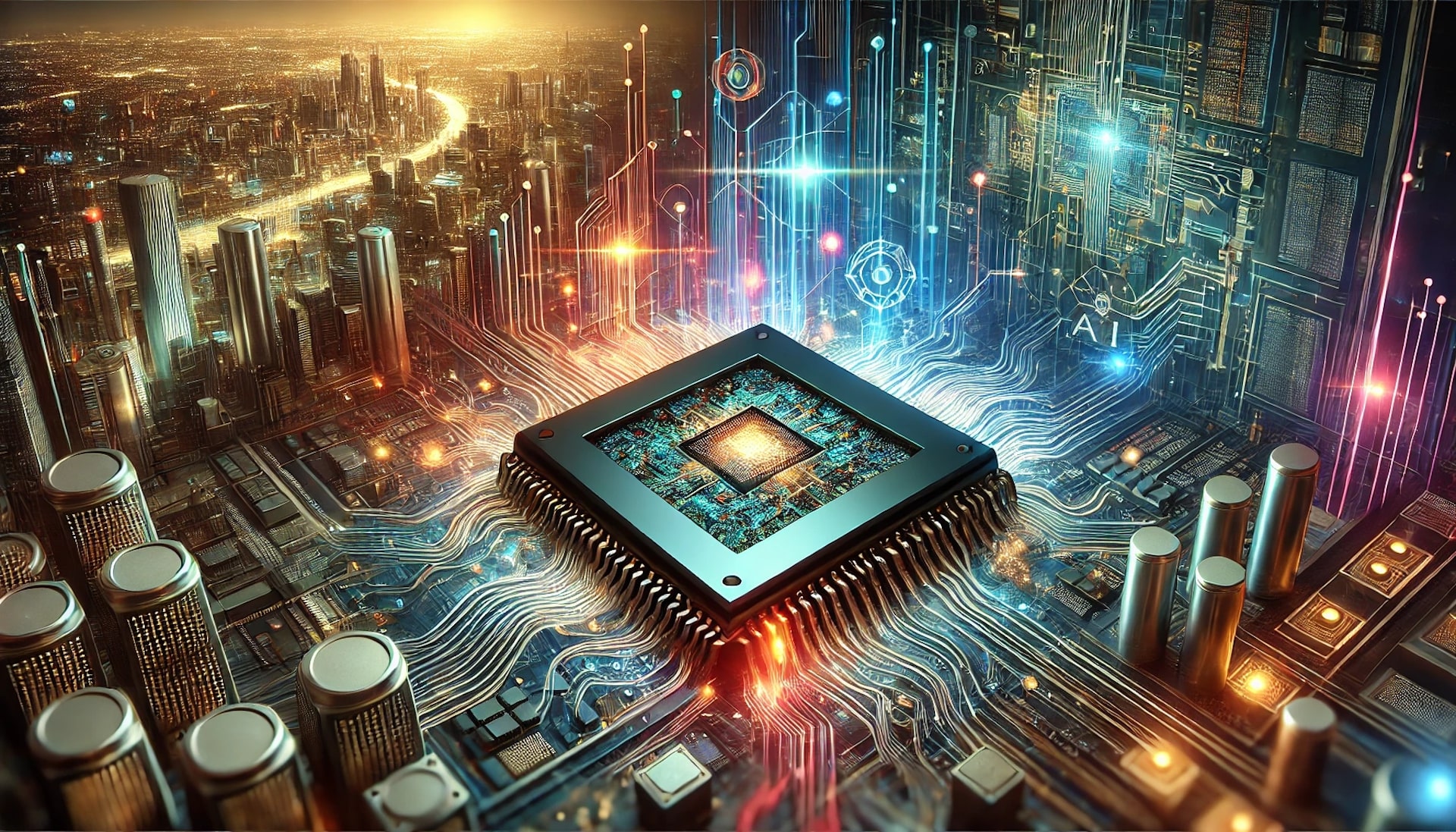
AI software and hardware trends
AI is evolving, bringing new trends in both software and hardware. On the software side, systems are becoming more independent and capable of learning and adapting without human help using new methods like reinforcement learning. At the end of 2023, Nvidia listed 17 AI predictions and trends and it is safe to say that the industry grew according to the expectations today.
For hardware, the focus is on making devices more energy-efficient and capable of handling more data at once. One exciting development is neuromorphic computing, where hardware is designed to work more like human brains, potentially changing how fast and efficiently AI can operate.
Another growing trend is edge AI, where data is processed on local devices instead of being sent to a distant server. This method speeds up the entire process, making AI applications like voice assistants and face recognition tools faster and more reliable.
What are some of the important AI parts?
AI consists of several important parts, each playing a unique role:
- Learning: This is how AI systems get smarter over time. They analyze data, learn from it, and get better at their tasks, much like how we learn from experience.
- Reasoning and Decision Making: AI uses rules and logic to make decisions. For example, an AI in a travel app decides the best route by considering current traffic and road conditions.
- Problem Solving: AI can tackle specific challenges by breaking them down into manageable parts and solving each part based on what it has learned before.
- Perception: AI uses data from cameras and sensors to understand its environment. This helps in tasks like navigating roads or recognizing speech.
What are the five components of AI?
AI can be divided into five main branches:
- Machine Learning: This is at the heart of many AI systems, where the machine learns from data and makes decisions based on its learnings.
- Deep Learning: A more advanced form of machine learning, it uses layers of processing to dig deeper into data for more refined results.
- Natural Language Processing (NLP): This allows machines to understand and respond to human language, making it possible for us to interact with AI through speech.
- Robotics: This combines AI with robotics to perform physical tasks automatically or semi-automatically. It’s used in many sectors, from manufacturing to healthcare.
- Fuzzy Logic: Unlike traditional computing, which sees everything in black or white, fuzzy logic allows for shades of gray, enabling machines to make more human-like decisions.
AI can be considered a complex mixture of software and hardware. You have a little bit of both within. While the software handles the decision-making and learning parts of AI, the hardware makes sure these processes happen fast and effectively. Both elements are evolving, bringing us closer to a world where machines can perform tasks previously thought impossible for them. As we continue to develop both the brain and muscle of AI, its potential to improve our lives grows exponentially.
Featured Image Credit: Boliviainteligente/Unsplash


